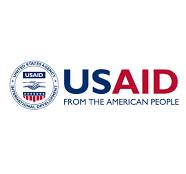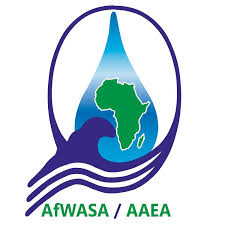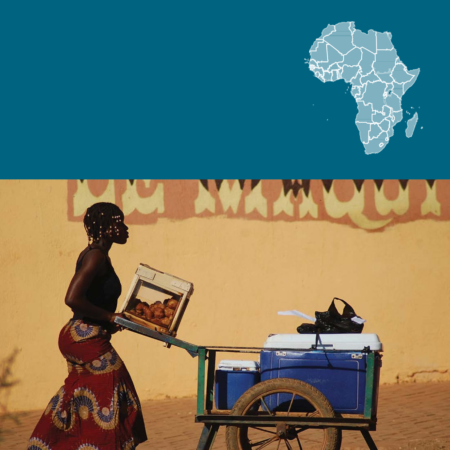Description
TECHNOLOGICAL INNOVATIONS FOR RURAL WATER SUPPLY IN LOW-RESOURCE SETTINGS
CHALLENGE
Globally, the Sustainable Development Goals (2015–2030) are driving efforts to increase water service levels, while ensuring that services are affordable and no vulnerable population is left behind (United Nations 2018).
In concert with global development goals, the United States Agency for International Development (USAID) Rural Evidence and Learning for Water (REAL-Water; 2021–2026) program focuses on identifying ways to expand water access and safety in rural areas of low- and middle-income countries.
Rural areas pose special challenges for water supply, as homes may be too few or too dispersed to justify the cost of installing underground pipes from a high-quality water supply source or a centralized drinking water treatment facility.
As of 2020, the majority of people lacking even basic water services (i.e., water from a protected source requiring no more than 30 minutes to collect) lived in rural areas (WHO UNICEF Joint Monitoring Programme (JMP) 2021)
REPORT OBJECTIVES
This report provides an overview of water supply technologies that are innovative in either design or application (i.e., not yet commonplace) and promising (i.e., show potential for advantages exceeding the status quo) in rural areas such as small villages and dispersed settlements. It highlights categories of high-
technology concepts (i.e., advanced electronic devices, materials, and designs) that offer a greater range of options to decision-makers, donors, practitioners, and consumers who manage rural water supplies. The concepts may have sufficient merit to warrant further exploration and testing within later stages of REAL-
Water or other implementation research programs; however, the REAL-Water consortium does not endorse or relatively rank specific providers of these technologies1. Specific technology choices should be weighed relative to one’s local setting and context. Information is summarized to evaluate conditions and trends in rural water innovation, leading to overarching recommendations.


 AAEA
AAEA AAEA
AAEA
 AAEA
AAEA AFWASA
AFWASA
Reviews
There are no reviews yet.